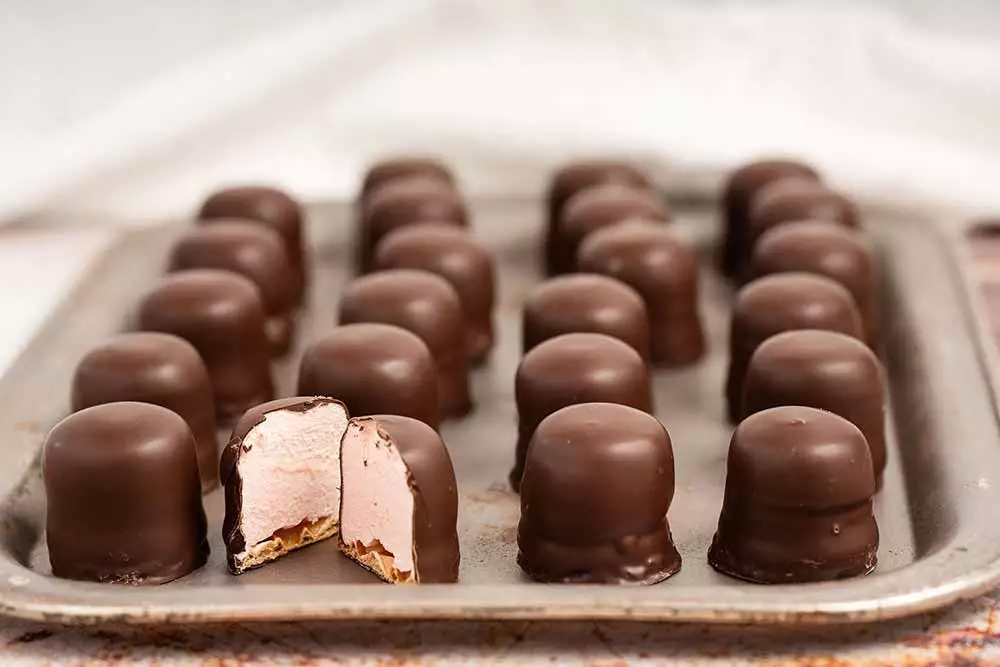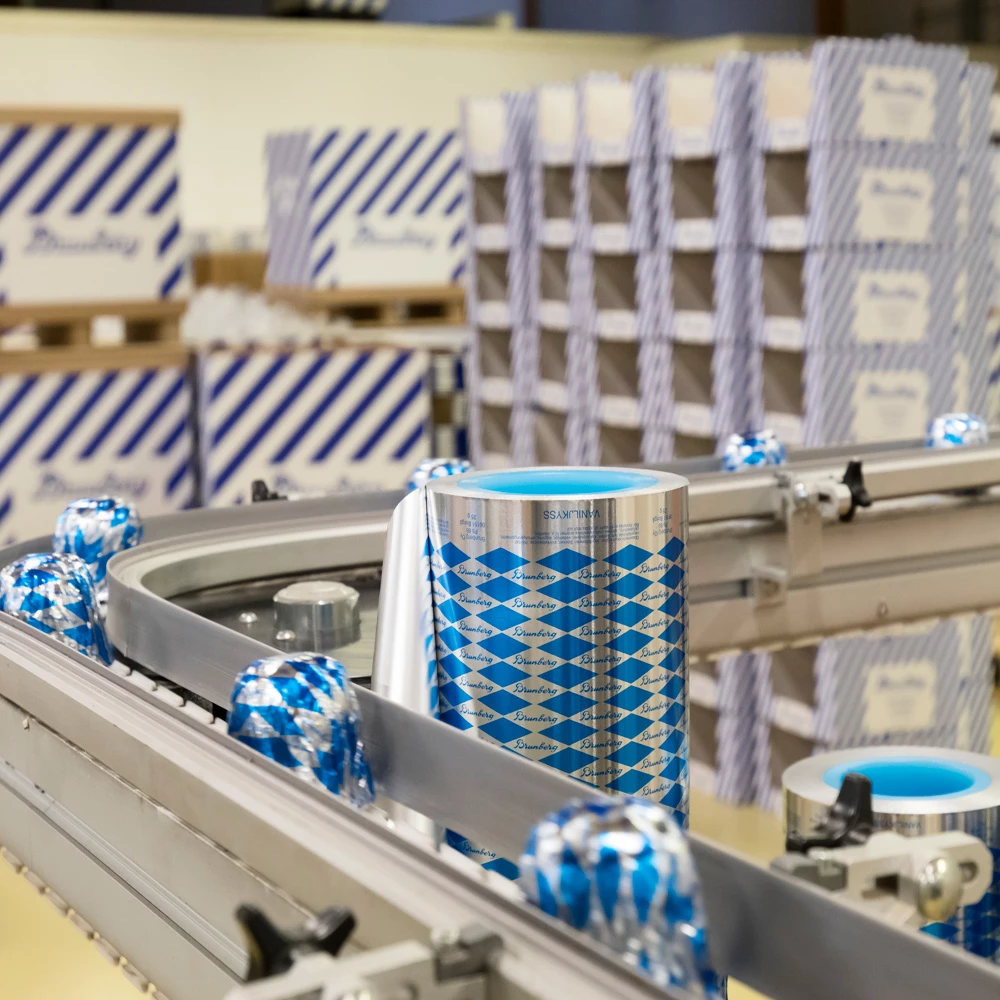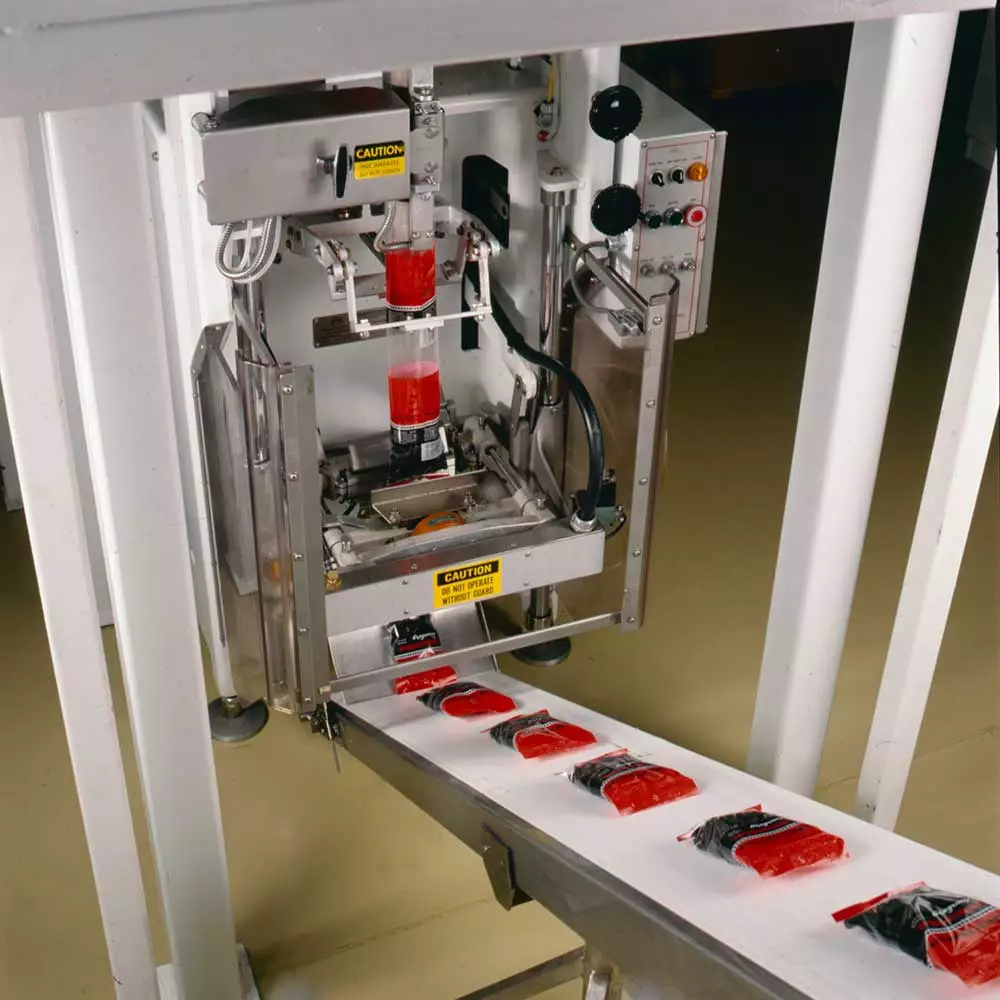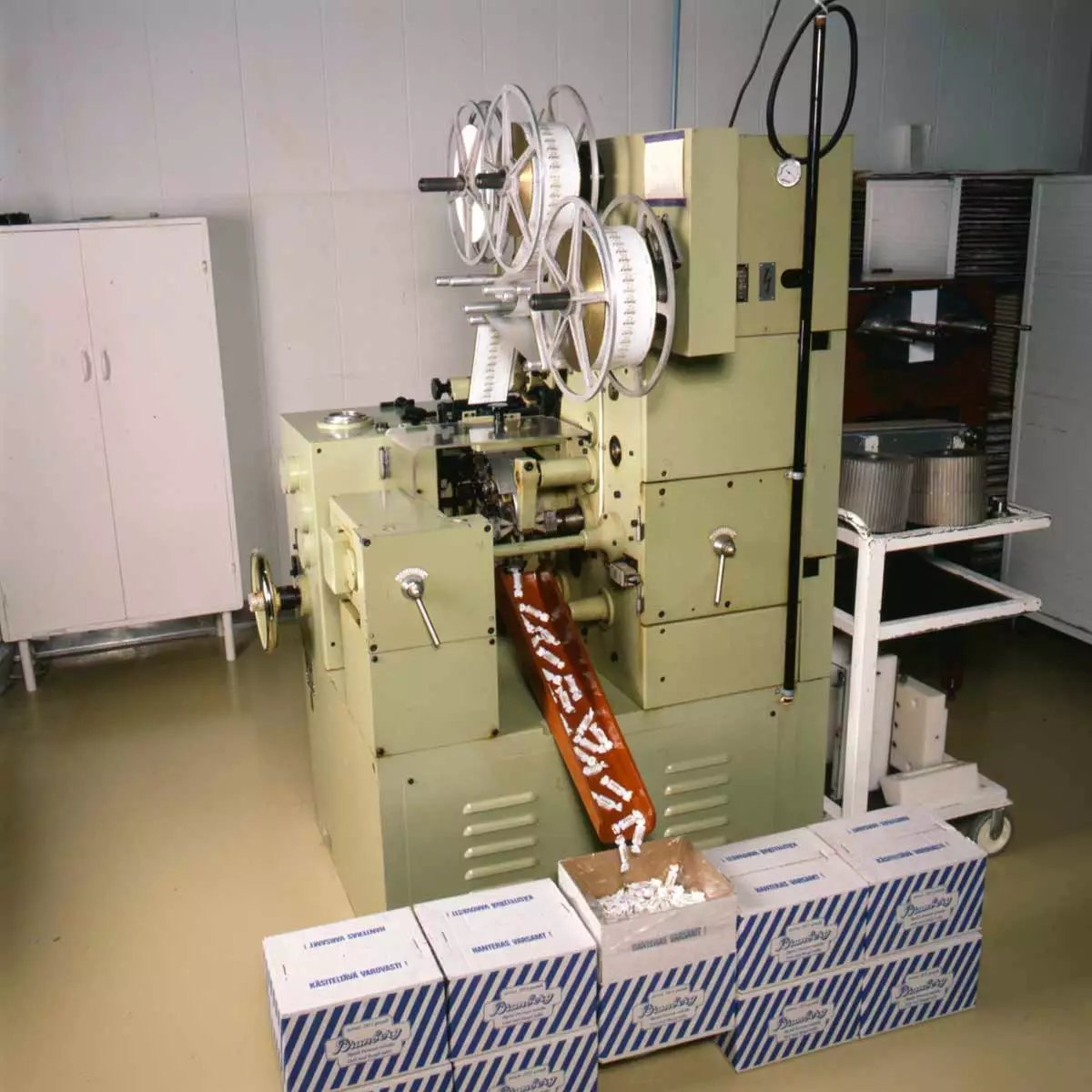The history of “Kisses”
A round waffle, a fluffy foam filling and a thin chocolate cover – that is what Kisses are made of.
Kisses are known around the world, but it is debated which country has the honour of manufacturing the first Kisses.
According to one version it was a confectioner from Paris who, in the 19th century, made the first Kisses. They were called “tête de négre”.
Kisses are enjoyed above all in Central Europe but also in England where they are called Angel Kisses, and in Russia where the chocolate cover hides foam made of apple purée.
The Israelis enjoy Kisses more than any other country and call their own product Krembo. Krembo is Hebrew for krem (cream) and bo (inside).
The Danes are also very fond of the chocolate covered delicacy. In Denmark around 250 million chocolate Kisses are devoured every year which means about 50 Kisses per inhabitant. In Finland we eat around 15-18 million Kisses per year.
Kisses came from Denmark.
70 years of “Kissing”
Kisses were added to Brunberg’s selection in 1951. The know-how came from Denmark and the “Kissmaster” was invited to the Brunberg factory to start production.
In the beginning, the foam was hand whipped and lifted to the extruder by hand, which required strength. Little by little machines were acquired to take care of the hard work.
The size and flavour of the Kisses have remained the same throughout the years, even though you can hear people say that they used to be bigger. The mechanisation has only changed the shape and texture. The hand whipped foam was not as fluffy as the machine whipped version and it is said that the manually extruded foam resembled a “snowman”.

How are the Brunberg “Kisses” made?
What comes first? The chocolate cover or the foam? Brunberg has been asked this question for years, even by the media.
The answer is that without the foam the thin chocolate cover could not keep its shape. So, waffles are placed on the conveyor belt and the foam is extruded on to the waffles which then continue to two flowing “chocolate falls” where a thin layer of melted chocolate covers them.
The superfluous chocolate is then shaken off from the Kisses and they continue to the cooling tunnel. They are finally wrapped in their traditional foil wrapping and packed in cartons.
How should we eat “Kisses”?
Take a big bite from one side, or take a bite to open the top and use a spoon for the foam? No one way is correct; you eat the Kiss just the way you like it.
You can also try freezing the Kiss and enjoy it as if it were ice cream!


“Kisses” for many tastes
The original Brunberg Kiss had a taste of vanilla. Over the years the flavour options have included strawberry, mint, pineapple, orange, liquorice and mocha. Seasonal flavours have also been introduced, for example the Winter Kiss.
Today, besides the seasonal products, Brunberg’s selection includes three flavours, Brunberg Strawberry Kiss, Brunberg Vanilla Kiss and Brunberg Mocha Kiss.
The popularity of the Kisses grows every day. They are given as a gift to celebrate all occasions and placed on a saucer to be enjoyed with a hot drink.
Kisses are enjoyed by all ages!
Times change, names change
In Europe Kisses were once called ‘Negro Kisses’ but the name has changed along with changes in language.
For example, in Germany the Kisses were called Negerkuss which was later substituted by the politically correct name Schokokuss (Chocolate Kiss).
For a long time in Finland the name ‘Negro Kiss’ was considered acceptable however, at the beginning of 2001 this was deemed no longer acceptable language and the name was changed simply to ‘Kisses’. At the same time, the carton logo of the young kissing African couple was also modified.
In 2020, Brunberg changed the carton logo to a picture of the old town of Porvoo, hometown of Brunberg.
At Brunberg’s we consider responsibility a fundamental value and as with our sweets we want “everyone to feel good”!





